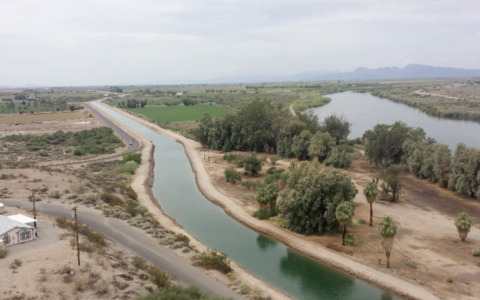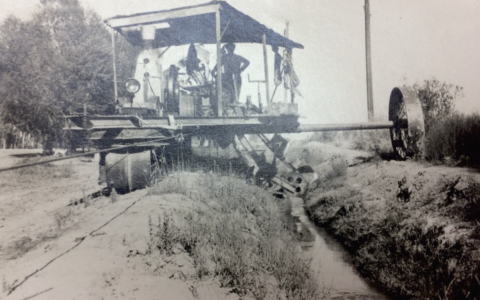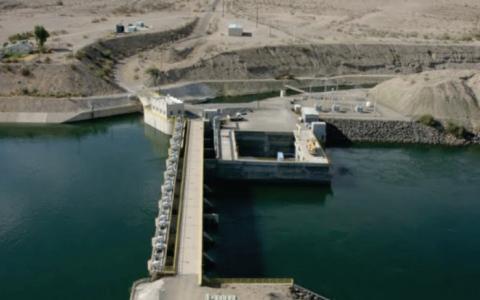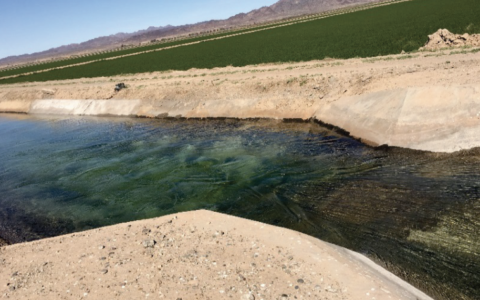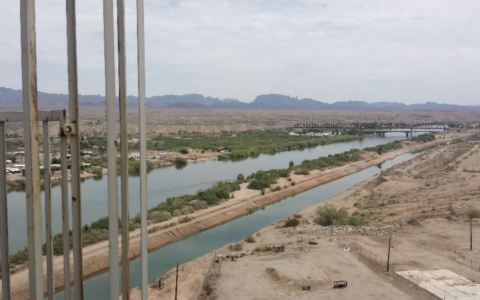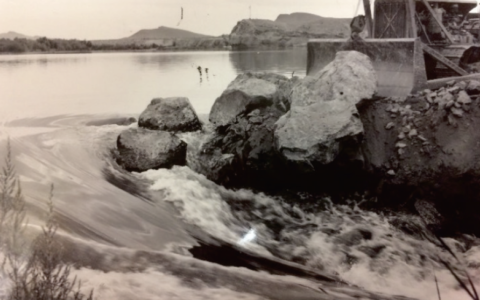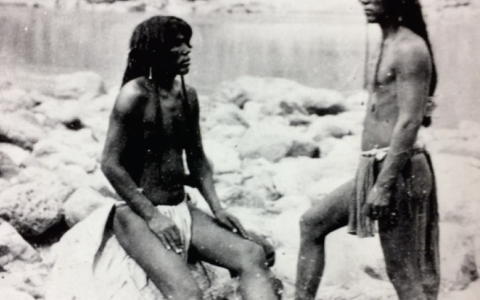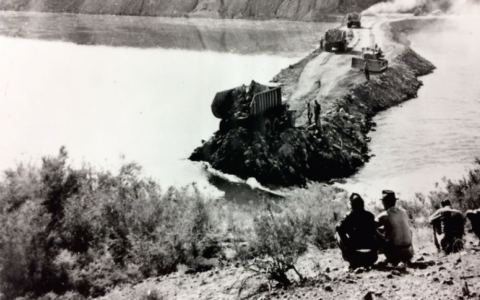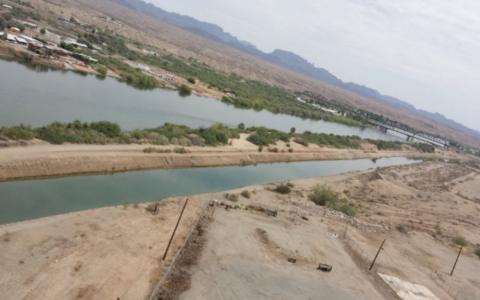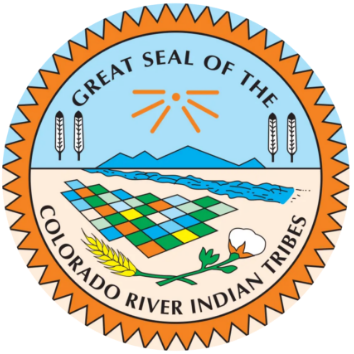
Colorado River Indian Tribes
Colorado River Indian Tribes
The Mohave people have been practicing floodplain and irrigated agriculture for over 4,000 years along the Colorado River. Early irrigation practices followed the River’s natural flood cycle patterns, planting as the spring floodwaters receded. Later developments included hand-dug ditches and canals to divert water onto cultivated upland fields. The Tribes grew (and still grow) food and utility crops such as corn, mesquite, squash, and beans, as well as native trees for cultural uses.
Beginning in the 1870s, development of what has become the Colorado River Irrigation Project (CRIP) began. The CRIP currently serves 79,350 acres in Arizona. Recent agriculture trends have resulted in increased production of commercial crops such as alfalfa, cotton, soy, wheat and other vegetable commodities. Tribal members work their own assigned lands, or may lease their land. CRIT leases land to private and commercial farming enterprises. The Tribes also operates a large commercial farming enterprise known as CRIT Farms, managing 12,000 to 15,000 acres on average, with revenues benefiting the community at large. As described in more detail below, the majority of CRIT water is now used in the irrigation of approximately 80,000 acres of Reservation farmland in Arizona and California. CRIT rotates several thousand acres into and out of production each year as good land stewardship dictates, and is actively developing new farmland on reservation lands in both Arizona and California.
Historical Use of Water
The Colorado River Indian Reservation was established by the Act of March 3, 1865, setting aside lands for “Indians of the Colorado River and its tributaries.” This broad, inclusive language contemplated situating numerous tribes in a single location, as was the practice of Congress at that time. The lands were originally occupied by the Mohave people (“Aha Makhav” – The Water People) which, when the Spanish arrived in the territory in the 16th Century, were the largest concentration of people in the American Southwest. Modern archaeological interpretations indicate the Mohave have lived along the Colorado River for a period in excess of 12,000 years. The lands of the Reservation were originally occupied by two tribes, first the Mohave and later the Chemehuevi, who have inhabited the area on either side of the Colorado River for millennia. In the 1940s, and 1950s, families from two additional tribes, the Hopi and Navajo, were relocated to the Reservation, with the promise of plots of land to farm.
Located approximately 155 miles west of Phoenix, Arizona, the Reservation is 56 miles from north to south along the Colorado River with land in both Arizona and California. The Reservation includes approximately 300,000 acres of land, with the river serving as the life-sustaining cultural and economic focal point of the community.
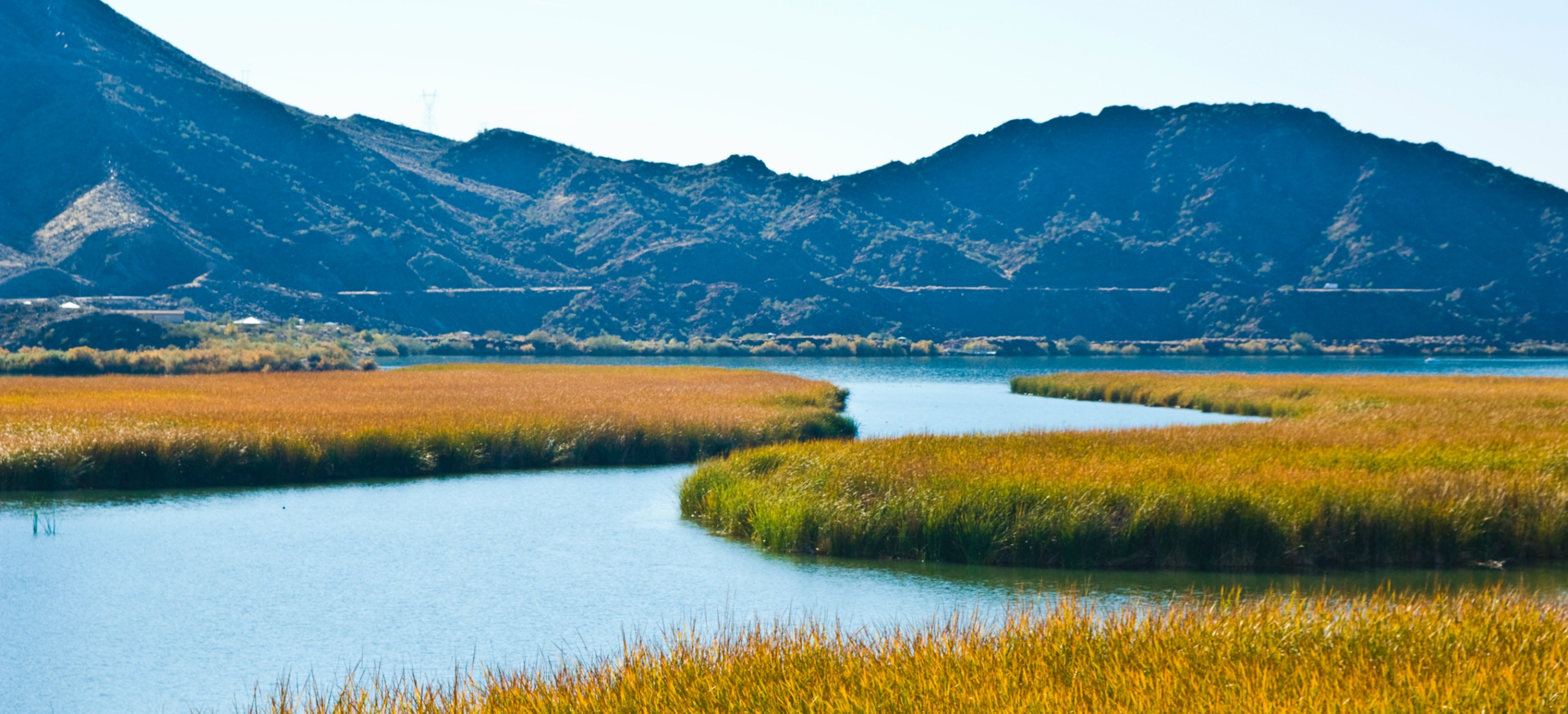
Cultural Importance
Today, the relationship of the Mohave people to the land, water and environment is celebrated through song and ceremony. For thousands of years before the United States came into existence, ancestors of the Colorado River Indian Tribes left their footprints on the trails beside the Colorado River. Along the extensive system of trails beside the river, and at locations now inundated by the river, villages and significant cultural and gathering sites are evident, marked by petroglyphs and geoglyphs. The location, purpose and names of these sites are united through clan songs, language, and stories that express, communicate, and preserve their spirituality, cultural knowledge and history.
